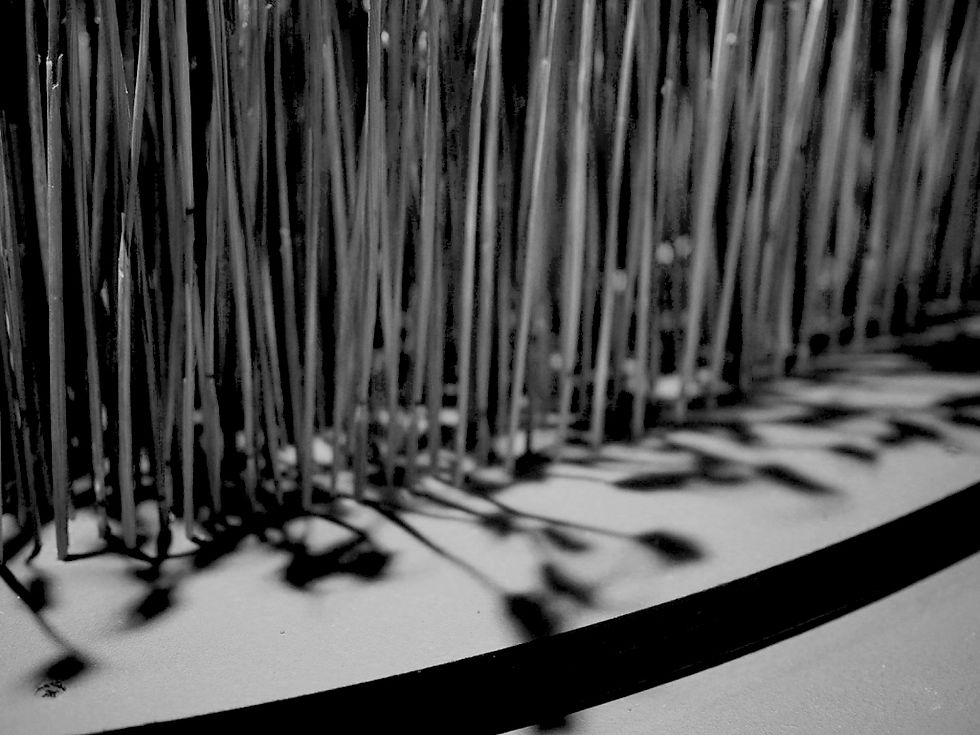top of page
Kamonchanok Wongwiboonsat



Christmas Show
A sustainable silica source crafted from reclaimed rice husk ash

With 30 years of experience in rice milling, rice husk ash (RHA) is typically discarded in landfills, accumulating about 150 tonnes annually. After rice husks are used as fuel to dry wet paddies, the remaining ash contains up to 80% silica, making it a promising alternative to traditional silica sources like quartz and flint, especially for the ceramic industry.
In Northeastern Thailand, rice fields have become saline, with high salt content and low organic matter. Believeing in the natural power of Naga, the "Bun Bung Fai Rocket Festival" invokes rain, while biochar-enhanced rockets help retain water and reduce soil salinity.



bottom of page